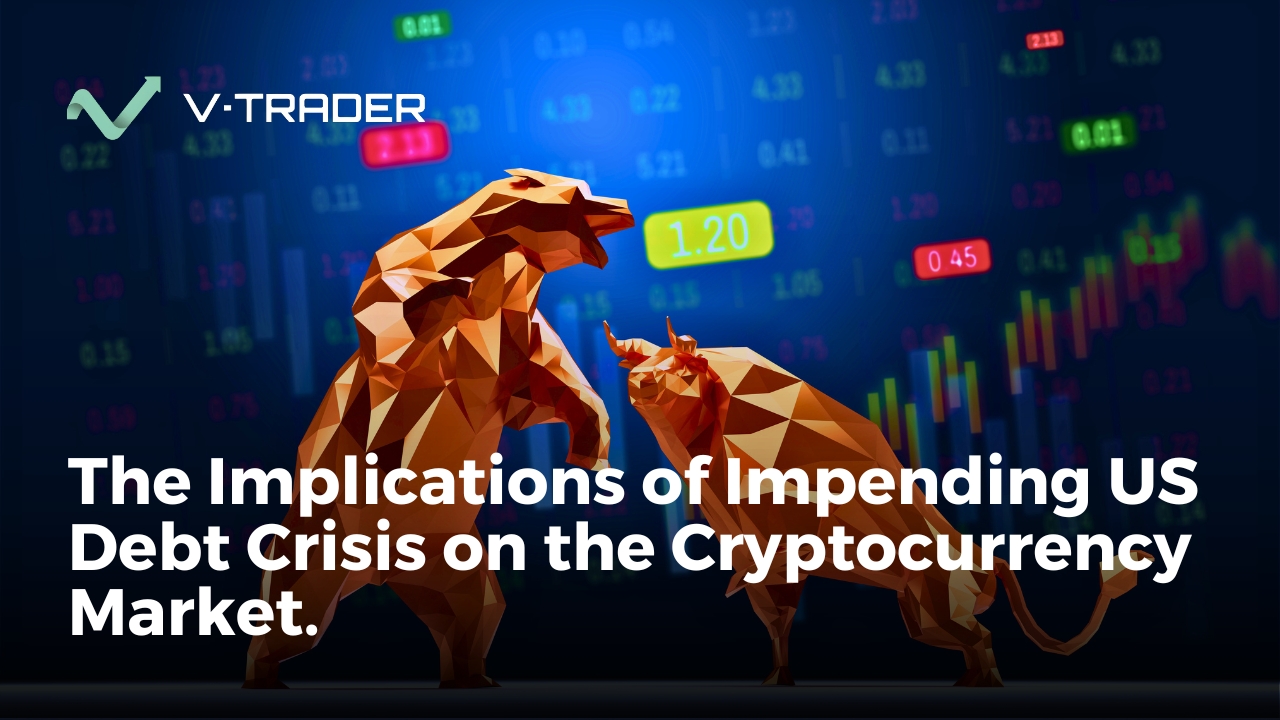The cryptocurrency market has seen a remarkable resurgence as total market capitalization surged past the $3 trillion threshold for the first time since March. Bitcoin’s value climbed to $97,300, a height not witnessed since the end of February, fueled by the recent “Liberation Day” tariffs announcement in the United States. This development has emboldened analysts to predict a sustained rally, driven by significant institutional and ETF inflows into the leading cryptocurrency. Meanwhile, a renewed risk appetite has emerged among investors, partly due to reports that the Trump administration is engaging with Beijing to negotiate tariff reductions.
Bitcoin’s Path to a Million
Bitcoin’s ascent has sparked ambitious projections for its future value. André Dragosch, head of European research at Bitwise, has suggested that Bitcoin could surpass the $1 million mark by 2029, propelled by expanding institutional adoption and governmental demand. “Our in-house prediction is $1 million by 2029,” Dragosch shared on Cointelegraph’s Chain Reaction, citing the potential for Bitcoin to rival gold’s market capitalization. Currently, Bitcoin’s market cap stands at $1.9 trillion, a distant seventh compared to gold’s $21.7 trillion valuation.
For the upcoming 2025 market cycle, Dragosch envisions Bitcoin exceeding $200,000 in a “base case” scenario, with possibilities of reaching $500,000 contingent on further governmental adoption. These projections highlight a growing confidence in Bitcoin’s role as a financial asset, yet they also raise questions about the volatility and sustainability of such a trajectory.
Institutional Investments and Strategic Moves
The cryptocurrency space is abuzz with news of a significant $2 billion investment in Binance by Abu Dhabi-based firm MGX, facilitated through the World Liberty Financial USD (USD1) stablecoin. This stablecoin, linked to the Trump family, was introduced by the Trump-associated crypto platform WLFI in March 2025. Eric Trump, executive vice president of the Trump Organization, announced the investment during Token2049 in Dubai, marking MGX’s inaugural foray into the crypto domain.
This development underscores the growing intersection of traditional finance and digital assets, a trend that has been gaining momentum as more institutional players explore blockchain technology. However, it also poses the question of how these investments will influence regulatory landscapes and market dynamics in the long term.
Ethereum’s Interoperability Push
On the Ethereum front, developers are tirelessly working to enhance blockchain interoperability with the introduction of new token standards, ERC-7930 and ERC-7828. These standards aim to address inconsistencies in how wallets, applications, and protocols interpret and display information, a challenge that has long plagued the ecosystem.
According to Wonderland, a DeFi development organization, the current state of cross-chain user experience is “messy” and lacks uniformity. They are actively seeking community feedback to finalize these standards, which could significantly streamline interactions across different blockchain networks. This initiative reflects the ongoing efforts within the Ethereum community to refine and improve the platform’s usability and cross-chain capabilities.
Challenges and Concerns
Despite these advancements, the cryptocurrency sector is not without its challenges. April witnessed a concerning spike in cyberattacks, with hackers absconding with $92 million across multiple incidents, according to blockchain cybersecurity firm Immunefi. The largest breach occurred on the UPCX platform, resulting in over $70 million in losses. This uptick in attacks underscores the persistent cybersecurity risks facing decentralized finance platforms, even as centralized exchanges reported no incidents during the same period.
In a related development, the DeFi Education Fund has petitioned the Trump administration to halt the prosecution of open-source software developers, including Roman Storm, involved with the crypto mixing service Tornado Cash. The group argues that prosecuting developers for how their code is utilized sets a dangerous precedent that could stifle innovation within the industry. This legal environment, they contend, not only chills innovation but also empowers politically motivated enforcement actions.
Looking Ahead
As the cryptocurrency market continues to evolve, the interplay between regulatory developments, institutional investments, and technological advancements will shape its trajectory. While Bitcoin’s potential ascent to $1 million by 2029 captivates the imagination, it also invites scrutiny and debate about the factors that could influence such an outcome. With ongoing efforts to enhance interoperability and security, the sector remains a dynamic landscape of opportunities and challenges. As these stories unfold, the crypto community will be watching closely to see how these developments impact the broader financial ecosystem.
Source
This article is based on: Bitcoin ETFs, gov’t adoption to drive BTC to $1M by 2029: Finance Redefined

Steve Gregory is a lawyer in the United States who specializes in licensing for cryptocurrency companies and products. Steve began his career as an attorney in 2015 but made the switch to working in cryptocurrency full time shortly after joining the original team at Gemini Trust Company, an early cryptocurrency exchange based in New York City. Steve then joined CEX.io and was able to launch their regulated US-based cryptocurrency. Steve then went on to become the CEO at currency.com when he ran for four years and was able to lead currency.com to being fully acquired in 2025.

